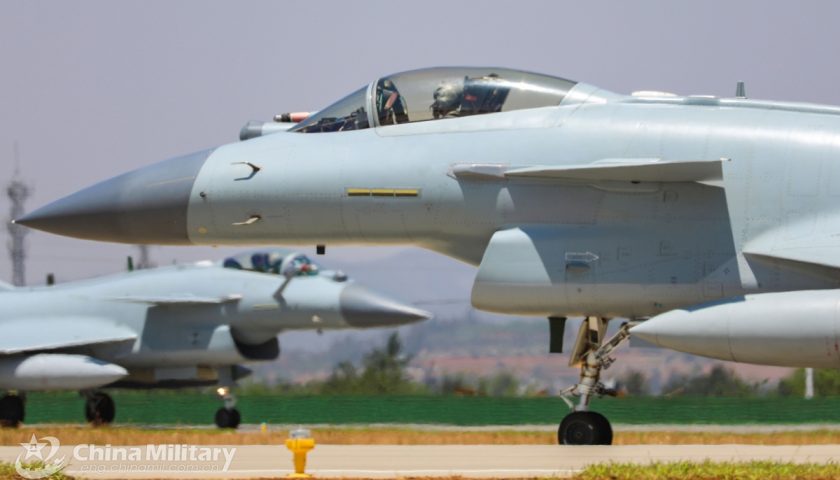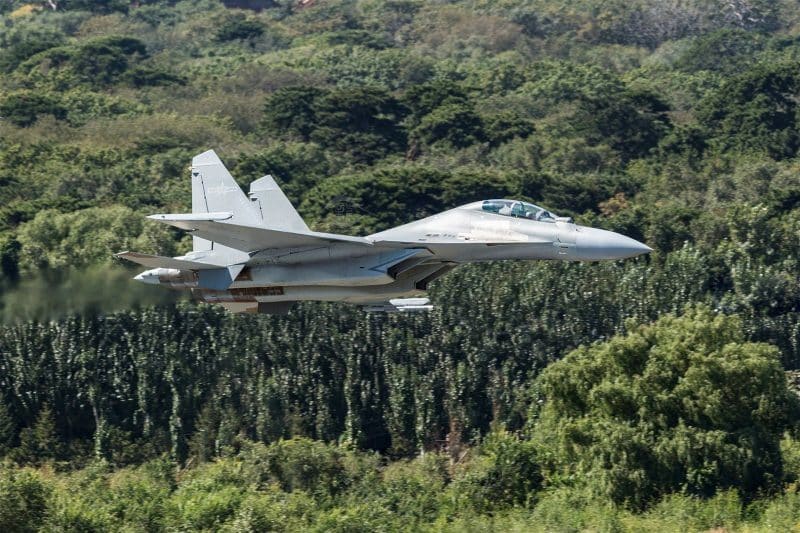If the unarmed clash between Indian and Chinese military on the Ladakh plateaus in June 2020, and having led to the death of several dozen soldiers from both camps, did not lead to a massive military escalation between the two countries, it led to Beijing and New Delhi to review the deployment of their forces in this highly strategic region on the borders of the Himalayas. On both sides, from nmany heavy military forces have been deployed nearby of this zone of tension, so as to be able to respond, if necessary, to an attack in a short time. Thus, numerous observations made it possible to establish that the People's Liberation Army was deploying long-range anti-aircraft systems there, while, at the same time, New Delhi increased its air force demonstration missions near this border.
Recent satellite observations, however, have highlighted the intensity of the efforts made by Beijing to ensure supremacy in this theater, with important work aimed at facilitating the access and movement of troops in and to this area, such as roads and railroads, many infrastructures to accommodate these additional forces, and this while the exercises of the PLA on the Tibetan plateaus are now experiencing a density and intensity never seen before. At the same time, these same observations made it possible to identify very important efforts on the part of the air forces of the People's Liberation Army, with a view toincrease its presence and combat capabilities directly on site. In fact, 5 of the main aerodromes on the Chinese west coast have undergone, or are still undergoing, major works aimed at increasing their military operational capacities, while at the same time, 3 new aerodromes with long runways are under construction. on this theater.

Thus, the two main aerodromes near the Ladakh plateaus where the 2020 clashes took place, Hotan in the north, and Ngari-gunsa in the south, were added a new parallel runway to accommodate and implement a larger number of 'devices, as well as new taxiways. In addition, hardened shelters, to protect aircraft in the event of an attack, have been added, and air defenses have been greatly increased around airfields. Kashgar airfield, located further north in Xinjiang, has also received new hardened shelters, and has seen its infrastructure extended to accommodate heavy bombers like the H6, while long-range air defense systems, probably HQ9, were deployed to protect the site. At the same time, a new military airfield with a long runway is being built in Tashgorgan, on the border between China, Pakistan, Afghanistan and Tajikistan, strengthening the response capacities of the air forces of the United States. 'APL in the region.
There are 75% of this article left to read, Subscribe to access it!
The Classic subscriptions provide access to
articles in their full version, and without advertising.
Meta-Defense celebrates its 5th anniversary!

- 20% on your Classic or Premium subscription, with the code Metanniv24
Offer valid from May 10 to 20 for the online subscription of a new Classic or Premium, annual or weekly subscription on the Meta-Defense website.


